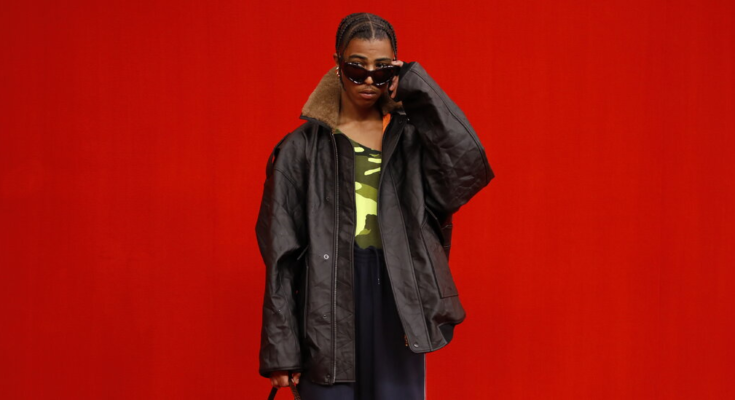It is as big a shift as when ready-to-wear merged with made-to-measure in the 1960s and ’70s. And yet, while the evolution has been taking place for a while, the “streetwear” designation lingers. As fashion week dawns, say many designers, it’s time to bury it.
What does it even mean?
“I’d like to have a conversation with my community about why anyone ever decided to call it ‘streetwear,’” in the first place, said Rhuigi Villaseñor, the founder of Rhude, the Los Angeles label that specializes in crossbreeding luxury and streetwear, who was named creative director of Swiss luxury brand Bally earlier this year.
Heron Preston, the founder of an eponymous brand (his full name is Heron Preston Johnson, but he goes by Heron Preston), who began his career as a member of Been Trill, the DJ and art collective of coolness co-founded by Mr. Abloh, agreed.
“I never really identified with it or wanted to use it,” Mr. Preston said of the term “streetwear.” Heron Preston is part of New Guards Group, the Italian company that applied the luxury conglomerate model to streetwear and that is now owned by Farfetch, the e-commerce conglomerate. But, Mr. Preston continued: “I was forced to because in some ways it’s an instant invitation into a culture. There are all sorts of associations that come up when you say that word.”
Streetwear-the-fashion-sector was born in the 1980s and ’90s from the intersection of skate and surf kid culture, hip-hop and underground art: a reaction against an industry in which the creators could not see themselves or their value system.
Its godparents were Shawn Stussy, who founded Stüssy in California in 1980; Nigo, who opened A Bathing Ape in Tokyo in 1993; and James Jebbia, who opened Supreme in 1994, all designers without any formal fashion training in art school or ateliers (when Mr. Jebbia received a men’s wear award from the Council of Fashion Designers of America in 2018, he said, “I’ve never considered Supreme to be a fashion company or myself a designer”). Yet their use of graphics with casual clothing as a canvas became an instant badge of belonging — and a collectible.



